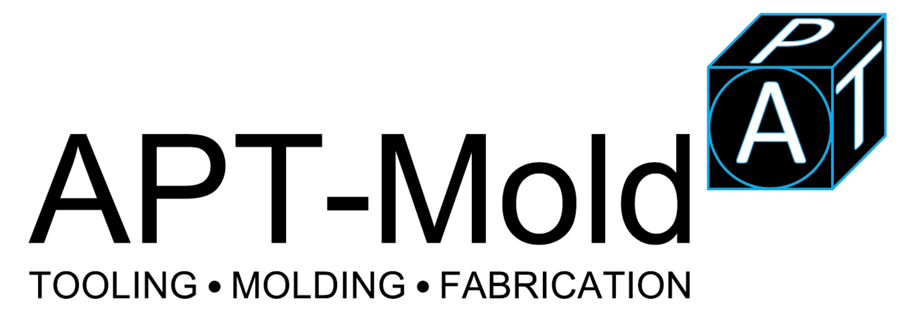CNC machines probably look sturdy up close, but they are actually very delicate pieces of equipment. The cutters are prone to break down during a job delaying the production and overall performance of a schedule. Amateurs usually put the blame on the feeds and speeds that each cutter can reach, but most of the issues actually derive from misuse and lack of knowledge about how to handle these devices properly. Over the next few lines, we are going to explain some of these issues and some of the things you can do to prevent them after CNC machining. On we go:
1. Excessive Runout
Runout is a problem on small and medium-sized machines. It happens when a cutter rotates off-center instead of aligned with the axis is supposed to have, the end result is a lot of unwanted chips that are very thick and a lot of pressure on the flutes that eventually brake them down. Most technicians try to solve the issues related to runout by reducing the number of flutes, but that’s just the wrong move. The right way to deal with the problem is by measuring the tool holders and replaces the ones that don’t align the way you need them to.
2. Improper Lubrication
A lot of materials need to get lubricated when they go through a CNC machine, most of them are metals. Aluminum is one of the usual suspects when it comes to clogging the cutters and delivering a botched job. If you haven’t lubricated the materials prior to passing them through the CNC is very likely that the moment you make a deep cut, the number of chips will increase and spread out, if the cutter is made from a metal that rivals the properties of the surface it’s working on are very likely that it will weld itself to it if you don’t lubricate it first.
3. Using Too Many Flutes
If you are working lighter metals on your CNC machine and you are using the maximum number of flutes to work faster, you incurred in the mistake of overworking your machine. As we said previously, you really need to understand the correlation between the materials you are working on and the type of cutters needed to complete the job properly. The more flutes you use on lighter materials, the more likely they are to clog, bind and break the cutters. Reducing the input of flutes will slow down production, but it will get the job done without wasting materials.
4. No Chip Clearing
The last issue we’ll tackle on this post is something very few users address properly. As you probably know by now, using the CNC machine brings out a lot of chips, and if you are working on solid surfaces, the consistency of each one of these chips is as strong as the material itself. A tiny piece of chip well placed in the right spot can damage your cutter on the spot since the accumulation of them create something called a “hardened carbide land mine” that will create an increasing heat accumulation on tool holders and can cause the material you are working on to expand and mess with the measurements requested by the client.
These issues are just a few among many. Most of them can be addressed easily by offering proper maintenance to your CNC machine, using the right type of parts on it, and avoiding overworking the equipment above its capacity.
